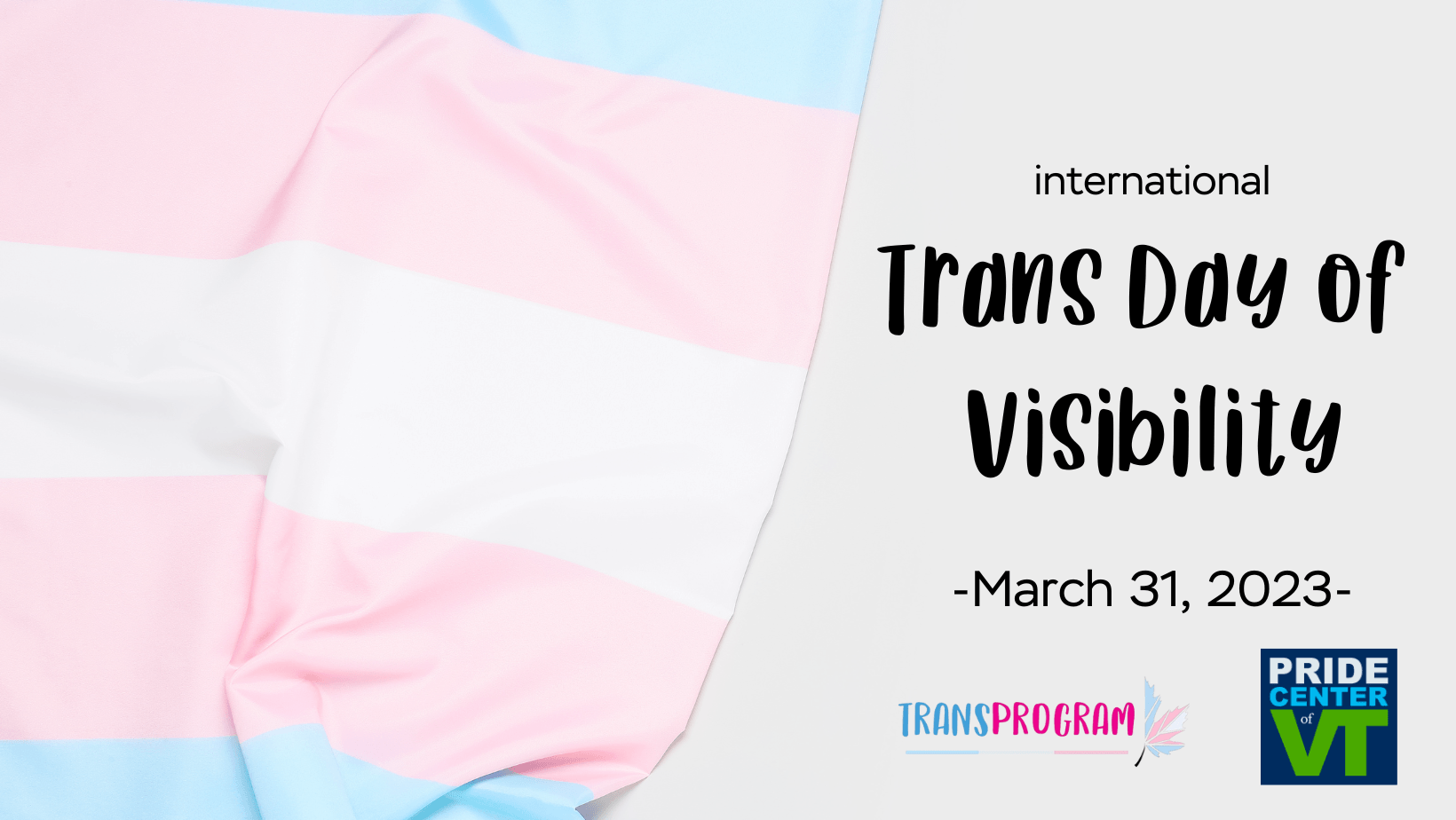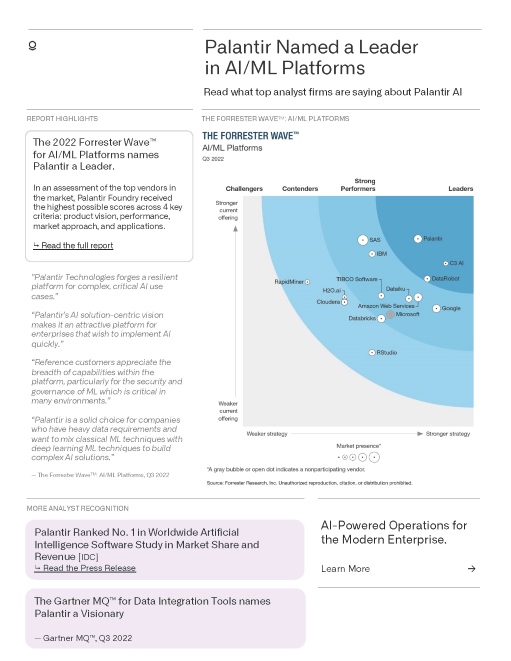Transgender Mouse Research And US Funding: An Examination Of Scientific Funding

Table of Contents
The Significance of Transgender Mouse Models in Research
Understanding Sex Differences in Health and Disease
Sex, as a biological variable (SABV), significantly impacts health and disease outcomes. For too long, research has often overlooked these crucial differences, leading to treatments less effective for certain populations. Transgender mouse models offer a powerful tool to dissect the complex interactions between genetics, hormones, and disease progression, ultimately leading to more precise and effective therapies.
- Examples of diseases with significant sex differences: Cardiovascular disease (women often present differently than men), autoimmune disorders (higher prevalence in women), and certain cancers (different responses to treatment based on sex).
- Clarifying the interplay: Transgender mouse models allow researchers to manipulate hormonal environments independently of genetic sex, providing valuable insights into the mechanisms underlying sex-specific disease susceptibility and response to treatment.
Challenges in Transgender Mouse Model Development
Creating and utilizing reliable transgender mouse models presents significant challenges. These complexities underscore the need for careful consideration and robust methodology.
- Ethical considerations: Animal research must adhere to strict ethical guidelines, prioritizing animal welfare and minimizing suffering. This necessitates careful experimental design and rigorous oversight.
- Technical challenges: Inducing sex changes in mice and maintaining the model's consistency over time requires sophisticated techniques and meticulous monitoring. Variations in hormonal responses and potential off-target effects need to be carefully controlled.
- Standardized protocols: The absence of standardized protocols for creating and validating transgender mouse models hinders reproducibility and comparison across different research groups. Developing universal guidelines is essential for advancing the field.
Current Landscape of US Funding for Transgender Mouse Research
Funding Sources and Allocation
Several US funding agencies, including the National Institutes of Health (NIH) and the National Science Foundation (NSF), along with private foundations, support research related to sex differences in health. However, the specific allocation of funds to transgender mouse research remains relatively limited compared to other research areas.
- Funding data scarcity: A comprehensive analysis of funding amounts specifically dedicated to transgender mouse research is currently lacking, highlighting a need for more transparent data collection and reporting.
- Key research institutions: While specific data is limited, some leading research institutions are likely involved in this field, focusing on endocrinology, genetics, and reproductive biology.
- Grant application success rates: The success rate of grant applications focused on transgender mouse models likely reflects the competitive nature of scientific funding and the novelty of this research area.
Political and Social Influences on Funding Decisions
Political climates and public perceptions significantly influence funding decisions for research perceived as controversial. Transgender mouse research, due to its intersection with social and political discourse, is not immune to these external pressures.
- Potential biases: Implicit biases in grant review processes could inadvertently disadvantage proposals related to transgender research, necessitating careful attention to objectivity and fairness in peer review.
- Influence of advocacy groups: Lobbying efforts and advocacy from patient advocacy groups play a crucial role in raising awareness and advocating for increased funding in this area.
- Media's role: Media coverage, both positive and negative, shapes public opinion and can indirectly impact funding decisions, often amplifying existing biases.
Future Directions and Implications of Transgender Mouse Research
Potential Breakthroughs and Scientific Advancements
Transgender mouse research holds immense potential for revolutionizing our understanding of sex differences and paving the way for personalized medicine approaches.
- Breakthroughs in treatment: Improved diagnostic tools and more targeted therapies for various diseases could result from a better understanding of the role of sex hormones and genetics.
- Personalized medicine: Tailoring treatments to individual patients based on their sex, genetic makeup, and hormonal profiles could significantly enhance efficacy and minimize adverse effects.
Ethical Considerations and Responsible Research Practices
Ethical considerations and responsible conduct of research are paramount in working with transgender mouse models.
- Adherence to ethical guidelines: Stringent adherence to ethical standards and regulations, including animal welfare protocols and data transparency, is crucial to maintain public trust and ensure research integrity.
- Open data sharing: Promoting open data sharing and collaboration among researchers will accelerate progress and enable more efficient utilization of resources.
Conclusion
Transgender mouse research represents a crucial, albeit underfunded, area with the potential to significantly advance our understanding of sex differences in health and disease. While challenges remain, including funding limitations and ethical considerations, the potential scientific breakthroughs are substantial. We need more transparent data on funding allocation and a more focused effort on standardizing research methodologies. Support research on transgender mouse models; learn more about funding for sex differences research. Engage with funding agencies and research institutions to advocate for increased funding and support in this critical area, ultimately contributing to improved healthcare outcomes for all.

Featured Posts
-
 Emmerdale Star Amy Walsh Defends Wynne Evans Amidst Strictly Scandal
May 10, 2025
Emmerdale Star Amy Walsh Defends Wynne Evans Amidst Strictly Scandal
May 10, 2025 -
 Beautiful Castle Near Manchester Hosts Huge Music Festival Featuring Olly Murs
May 10, 2025
Beautiful Castle Near Manchester Hosts Huge Music Festival Featuring Olly Murs
May 10, 2025 -
 Attorney General Highlights Fake Fentanyl Threat
May 10, 2025
Attorney General Highlights Fake Fentanyl Threat
May 10, 2025 -
 Becoming A Stronger Ally Your Guide For International Transgender Day Of Visibility
May 10, 2025
Becoming A Stronger Ally Your Guide For International Transgender Day Of Visibility
May 10, 2025 -
 How Palantirs Nato Partnership Will Transform Public Sector Ai
May 10, 2025
How Palantirs Nato Partnership Will Transform Public Sector Ai
May 10, 2025
